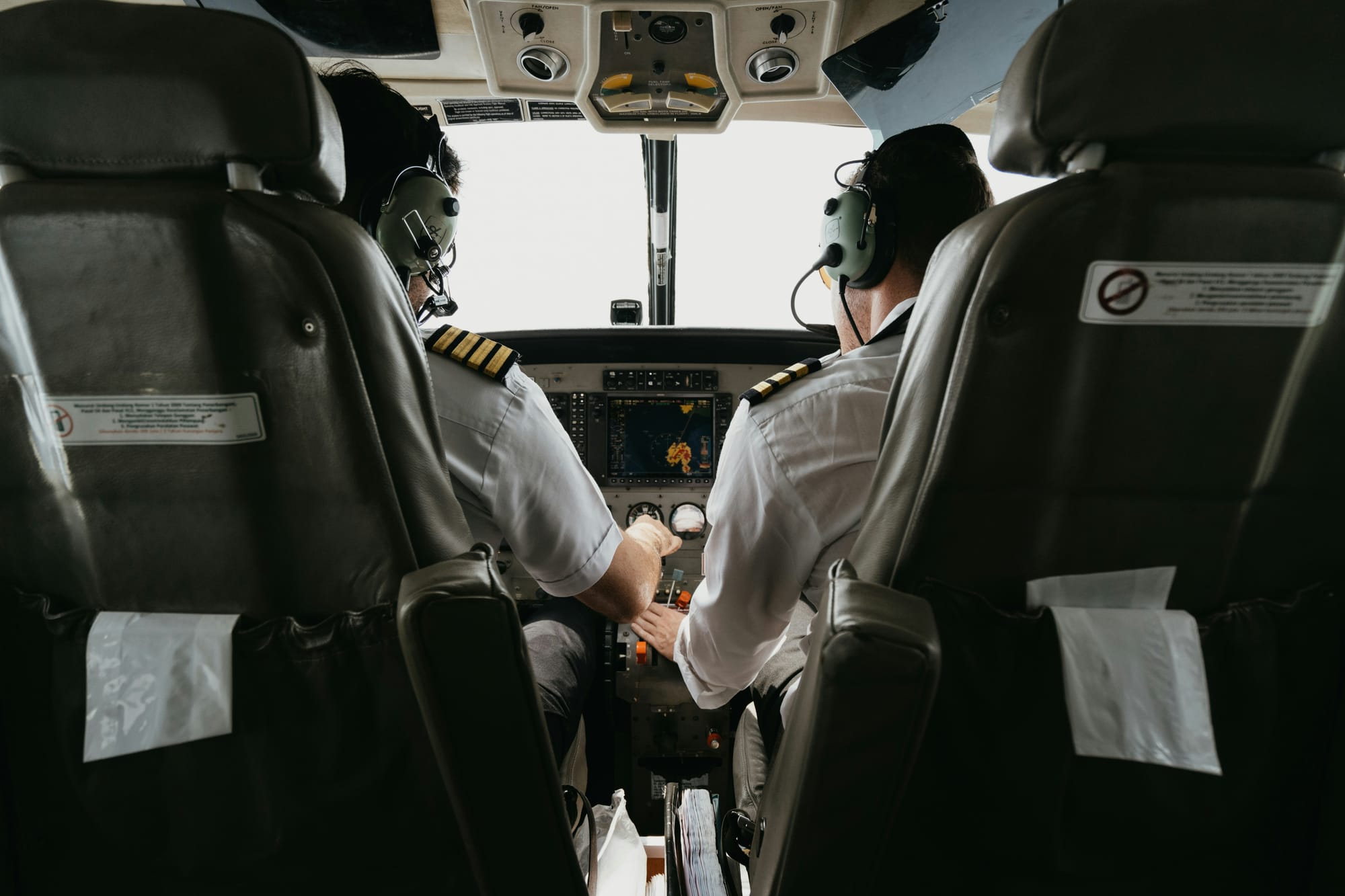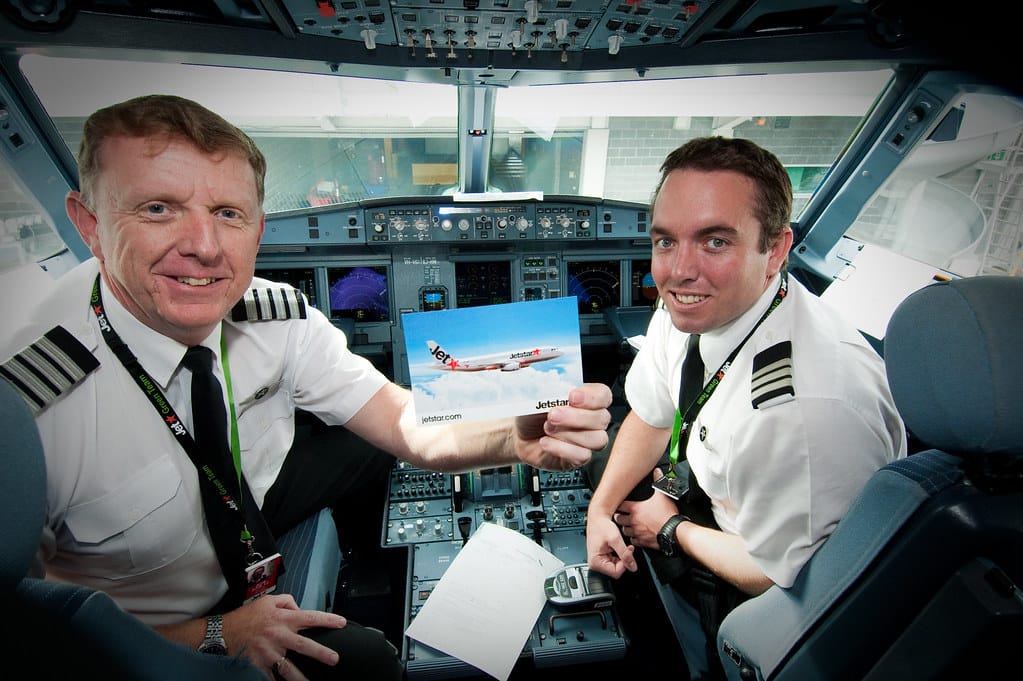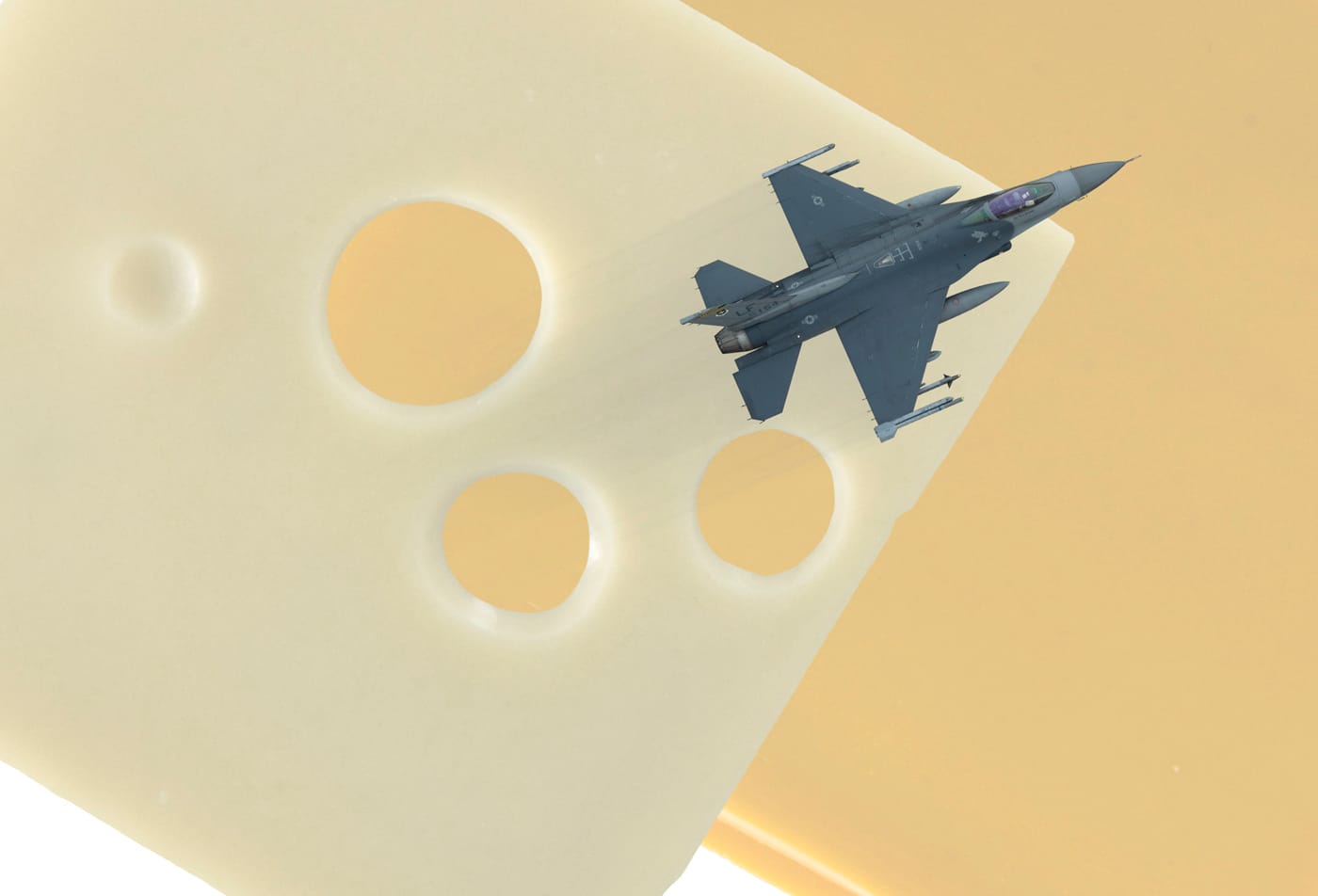Did You Know the Airspace Around Walt Disney World Is Protected?

When we think of Walt Disney World, the images that typically come to mind include whimsical characters, thrilling rides, and enchanting shows. However, there is an often overlooked but critical aspect that contributes to the safety and enjoyment of visitors: the protection of its airspace.
This protection is provided by a Temporary Flight Restriction (TFR), which plays a vital role in maintaining the magical and secure environment of the park. Let's dive into the history and significance of this unique airspace restriction.
What is a Temporary Flight Restriction?
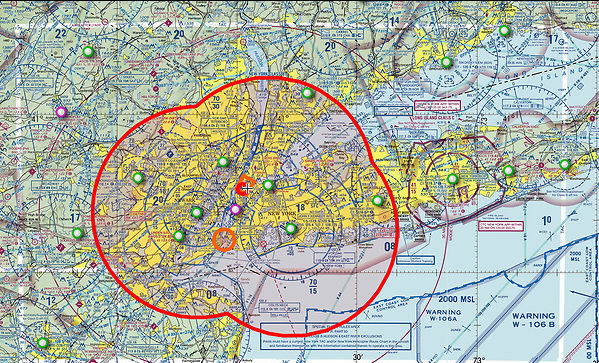
Temporary Flight Restrictions (TFRs) are regulatory measures put in place by the Federal Aviation Administration (FAA) to ensure the safety and security of specific areas. TFRs can be implemented for various reasons, including around the president, disaster response areas, major sporting events, and security-sensitive areas. The TFR around Walt Disney World falls into the latter category, designed to prevent potential threats and disturbances from aircraft. The FAA has an entire website dedicated to listing active TFRs and their purpose.
Establishment of the Disney TFR

The establishment of the TFR around Walt Disney World dates back to February 17, 2003. Following the tragic events of September 11, 2001, the United States took significant steps to enhance national security. As part of these measures, the FAA, in conjunction with the Department of Homeland Security, introduced TFRs over various landmarks and critical infrastructure sites. Walt Disney World, along with Disneyland in California, was identified as a site requiring such protection due to its iconic status and large daily influx of visitors.
Where is the Walt Disney World TFR?

The TFR over Walt Disney World is defined by a three-nautical-mile radius and extends up to 3,000 feet above ground level. This means that no aircraft, with very few exceptions, can enter this airspace without prior authorization from the FAA. The restriction applies to all types of aircraft, including drones, which have become increasingly popular in recent years.
Exceptions to the TFR include aircraft operations necessary for national security, law enforcement, and emergency medical services. Additionally, flights conducted by Walt Disney World's own aerial operations, such as fireworks displays and maintenance checks, are permitted but are closely coordinated with the FAA.
But why the TFR?
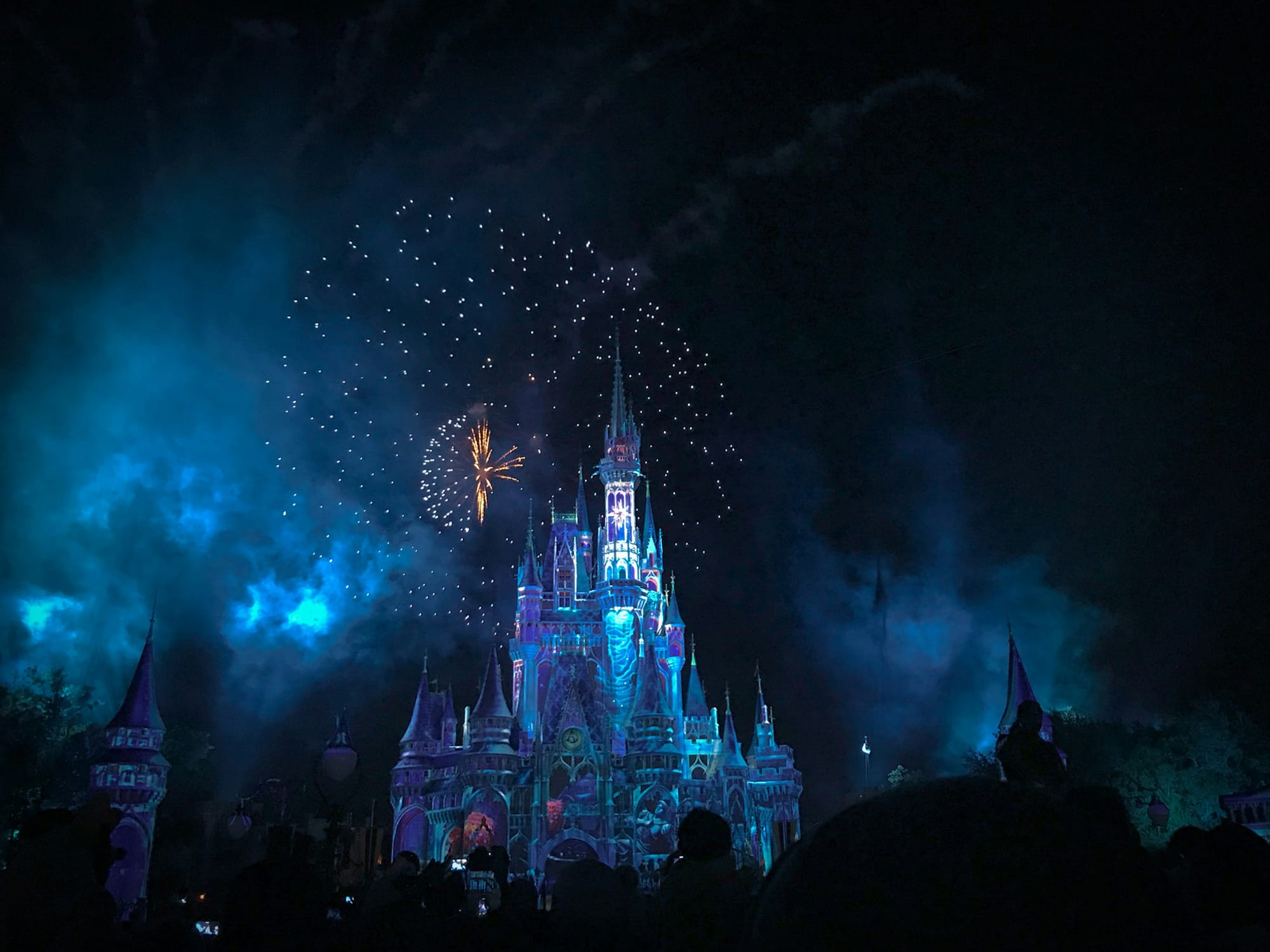
The primary purpose of the TFR around Walt Disney World is to ensure the safety of visitors. By preventing unauthorized aircraft from entering the airspace, the likelihood of aerial threats, accidents, or disturbances is significantly reduced. This is particularly important in an environment where large crowds gather, as any aerial incident could result in mass panic and potential injuries.
Moreover, the TFR contributes to the overall visitor experience by maintaining an immersive and uninterrupted atmosphere. Imagine watching a serene nighttime show at Cinderella Castle only to have the experience disrupted by a low-flying aircraft. The TFR ensures that the magical ambiance Disney strives to create remains intact.
Challenges and Controversies

While the TFR around Walt Disney World serves an important purpose, it has not been without its challenges and controversies. Some aviation enthusiasts and local pilots argue that the restriction limits their freedom to fly and can cause inconvenience when navigating around the area. Additionally, the growing popularity of drones has posed new challenges for enforcing the TFR, requiring continuous updates and adaptations in regulations and enforcement strategies.
Final Thoughts
While some may balk at Disney having their own (Permanent) Temporary Flight Restriction. It's understandable that it's a concentration of a large amount of people and could become a danger if aircraft flying over have an emergency. Along with that, the mouse has frequent laser and firework shows that would pose a danger to aircraft, and the constant activating and deactivating of a TFR would be bothersome. Ultimately I agree with the TFR, and it proves to be an interesting talking point to AvGeeks alike.


